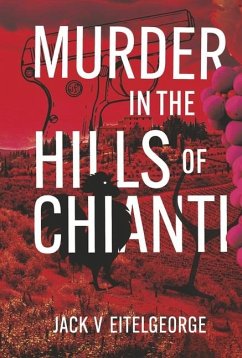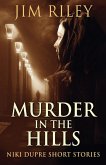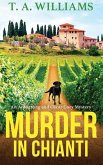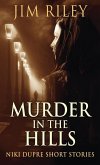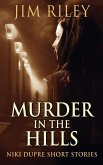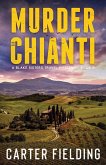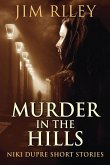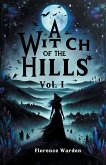The novella is the third and final book in a series about a young attorney who is drawn into investigations that invade his otherwise happy and successful life. His family is a part of his active entrances into the intrusion of crime. He is motivated to protect his family and to resolve any and all injustices that threaten them. He is married to a beautiful Italian lady, whose brother is a fellow lawyer and supporter of the eternal quest for justice. The two men are a good team, and they love a challenge. And with their planned summer vacation in Italy, they find their latest challenge. There is a serial killer in Florence. While the novella is fiction, many of the locations, events and politics of the 1970s and early 1980s are factual. Along the way the reader is taken to several world-renown cities, wine areas and events within the Chianti wine regions.
Hinweis: Dieser Artikel kann nur an eine deutsche Lieferadresse ausgeliefert werden.
Hinweis: Dieser Artikel kann nur an eine deutsche Lieferadresse ausgeliefert werden.

